Guestblog Steve Wylie Photography
Today a great guestblog with a topic I really like, motion 😀 by Steve Wylie
I’ve been a fan of Frank’s work for a long time. When he joined the ranks of instructors at Kelby Training and Photoshop World, I had to meet him. And so I did, last week at Photoshop World in Las Vegas. Frank made a training video for Kelby Training on photographing jumping models. So, as a dance photographer, I was eager to show Frank what a professional dancer could do with some of the same techniques Frank illustrated in his video. Frank graciously took the time to visit with me, and look at a portfolio of dance images I created in the studio of David Cooper, an incredible dance photographer in Vancouver, British Columbia. These images were made in a workshop setting, with dancers from Ballet British Columbia and a contemporary group, the 605 Collective, also from Vancouver.
David’s studio is made for shooting dance, with marley floors to protect the dancers from injury, and a white seamless backdrop. With this “white set”, a wide variety of looks can be achieved via lighting design. The camera is a Hasselblad H3D; the lighting equipment is a series of Dynalite bi-tube strobes, firing off at an incredible 1/2000 second. How do you get 1/2000 second flash duration? By lowering the power output of the strobes. Then, to get the volume of light back to where you need it, you add more strobes at low power. Same short flash duration, more photons to light your dancer.
The exposures were made at ISO 100 at 1/500 second, at apertures ranging from F/5.0 to f/11. The important thing to understand here is that these camera settings, without the Dynalites, result in an image that is totally black. Zero, zero, zero. Thus, the only light contributing to the exposure comes from the strobes. Effectively, that makes the exposure 1/2000 at the chosen f/stop. The result is incredible resolution from the Hasselblad, and absolute freezing of motion due to the short flash duration of the strobes.
Our goals in the workshop were twofold: first, to be able to work with professional dancers, to direct their placement and movement, in essence, to choreograph them; and second, to determine what lighting patterns would work best with any given choreography or “look”. I’ve worked with dancers (mostly younger, competitive dancers) for several years. To achieve a great dance image, it’s important to know what a good dance move is, because dancers are incredibly picky about the most minute detail of the hands, feet, face, or any part of the body. Also, dance companies who may use your image will be equally critical; you’re photographing their “product”, and they want it to be shown in the best way possible. So my primary goal in this workshop was to create commercially usable images, whether or not they would ever be used commercially. As it turns out, most of these images have been requested by the dancers themselves, for use in portfolios or other promotional purposes.
The first image is a classic grand jete by Alexis Fletcher of Ballet British Columbia. I probably have a thousand grand jetes in my collection, but none that I like better than this. Alexis’ leap looks effortless, perfect, and never-ending. I love this image. It’s lit with strobes on both sides of the white backdrop, each aiming across the set to the other side, metered up, and flagged to avoid spill that would reach the dancer, spoiling the lighting on her. Her lighting consists of dual bi-tube strobe heads in a large octa camera left as the key, and another camera right that can be dialed up or down as fill. This lighting setup works well for a “white white”, high-key look. The image can be left as is, or the dancer can be extracted for use in a composite.
The same lighting approach was used in the second image, also of Alexis Fletcher, doing a back bend. This might be my favorite image of this shoot. It is simple and elegant. I left a lot of negative space behind Alexis, to enable the placement of text if desired.
Partnering requires a bit more precise direction to the dancers, particularly if they’re in motion. In the next image, I was looking more for a pose than a movement, and Eloi Homier and Jaqui Lopez pulled it off brilliantly. We used the same high-key lighting setup for this classic ending pose.
When we first saw this image, David and I immediately saw the potential for a complete change of mood with a different lighting setup. So we switched from a high-key approach to a simple one-light overhead setup. The result is much more drama, and to be honest, a slightly better pose (if you ask the dancers…).
The next image features Makaila Wallace, also of Ballet British Columbia. This is one of several takes, using fabric, wind and different timing to achieve different looks. Of all, this one is my favorite, focusing not on visual distractions of props, but the energy and intensity of Mak’s expression and the perfection of her feet. She’s just amazing.
Keeping within the overhead light setup, the next few images are of Shay Kuebler, a member of the 605 Collective, a contemporary dance group whose work is, in a word, insane. These dancers simply scoff at the laws of gravity. They will do anything asked of them, regardless of the consequences to their bodies, all in the service of dance. I wanted some images of Shay that evoke elevation, ascendancy, being drawn to the single light from above. So these next two images represent our interpretation of that theme.
The final image from Vancouver features Shay doing what Shay does, which is essentially throwing himself to the floor. This is during a roll using the high key lighting grid, and my intent was to capture Shay at the point of the roll where he looks like a parachutist without the chute. Shay’s about two feet off the floor, landing with predictable results. Fortunately, we got it on the third or fourth “take”; I don’t think I could have asked him to do it again.
These images were made in studio with expensive equipment and professional dancers, under the guidance of a master dance photographer, David Cooper. If you’re interested in pursuing dance photography, I highly recommend David’s workshops. You can find more information at www.davidcooperphotography.com.
But can you do this with your own DSLR and basic strobes, speedlights, or no lights? Absolutely. Monolights or strobe heads typically have flash durations faster than your camera’s native flash sync speed. Speedlights also fire at very short duration. Borrow a bunch from friends, gang them up with either Canon’s or Nikon’s wireless flash systems (or radio triggers), and fire away. Many lights at low power equals a lot of light. If you’re shooting indoors, just keep in mind the need to make your ambient exposure as dark as possible, and let the strobes or speedlights do the heavy lifting. You’ll be limited to 1/250, so let the flash help you shorten the exposure. Finally, the most powerful light source in the universe, the sun, is available for free. Get outside and use it. Find yourself a cool setting, bring an amazing dancer, and maybe you’ll come away with something like this:

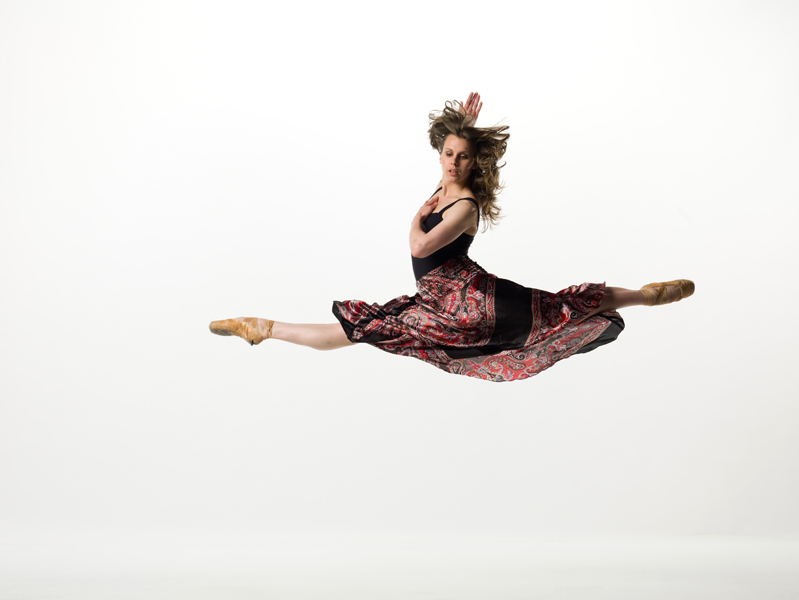
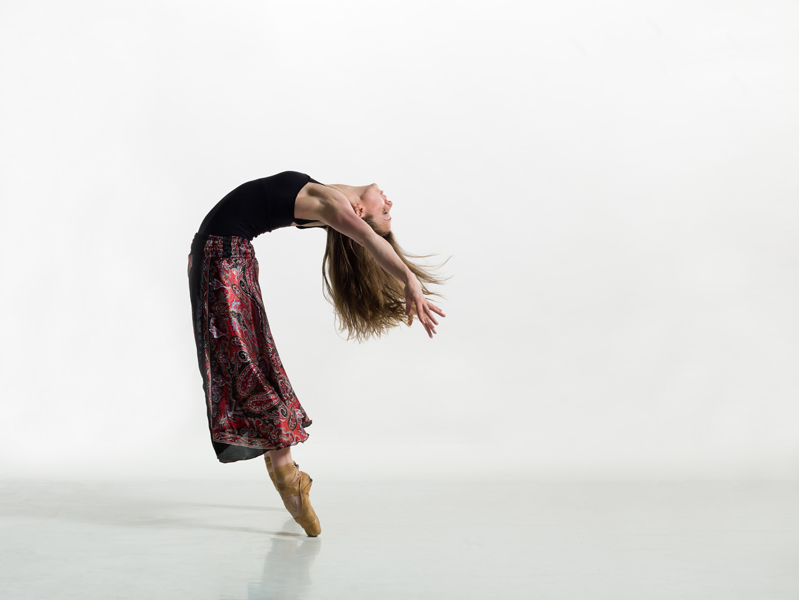
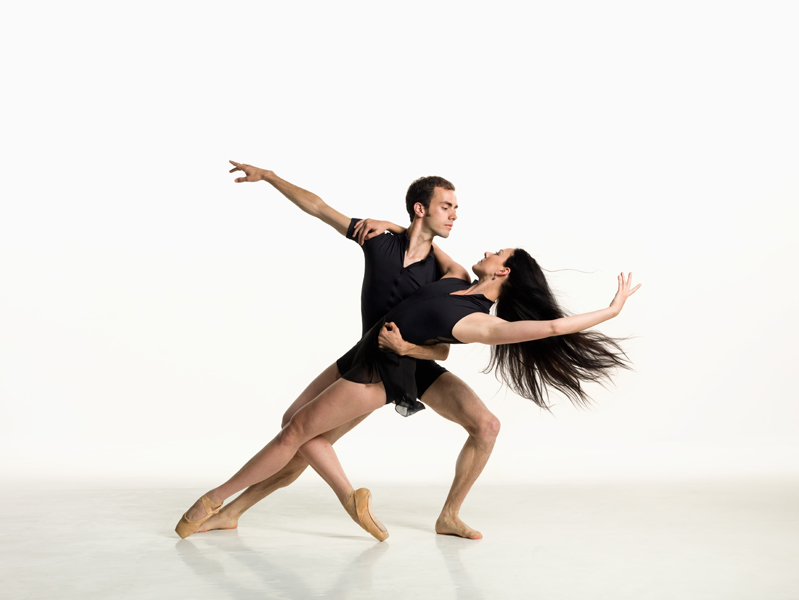
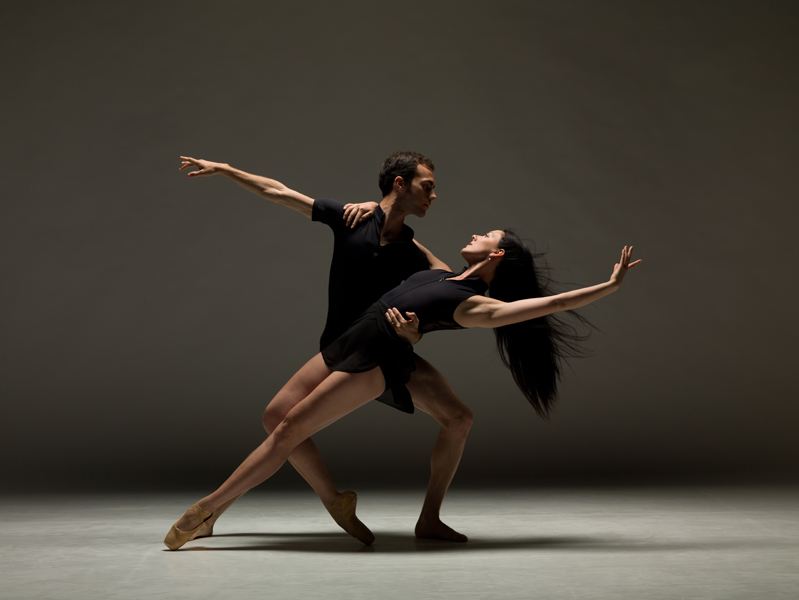
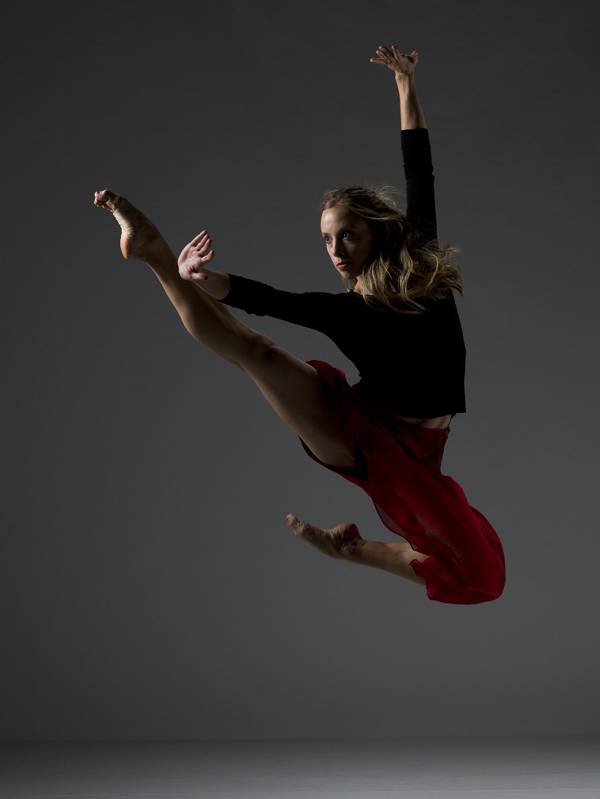
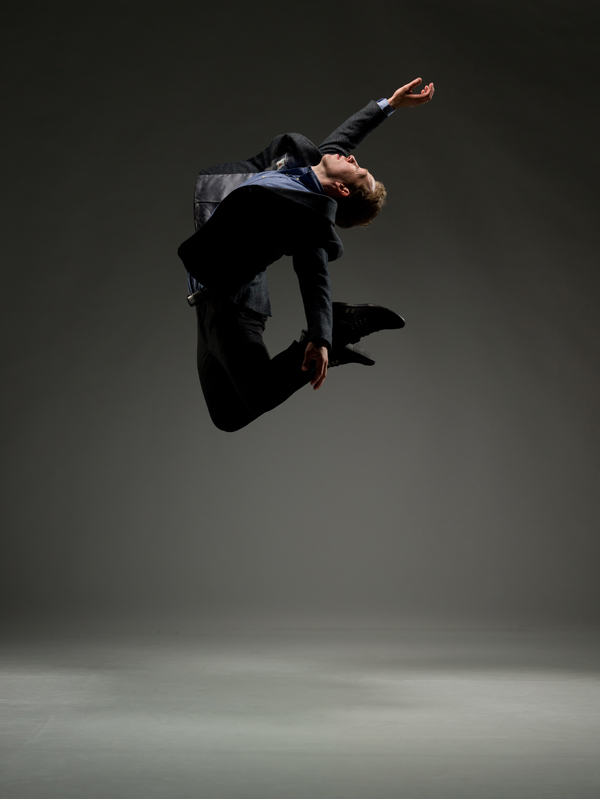
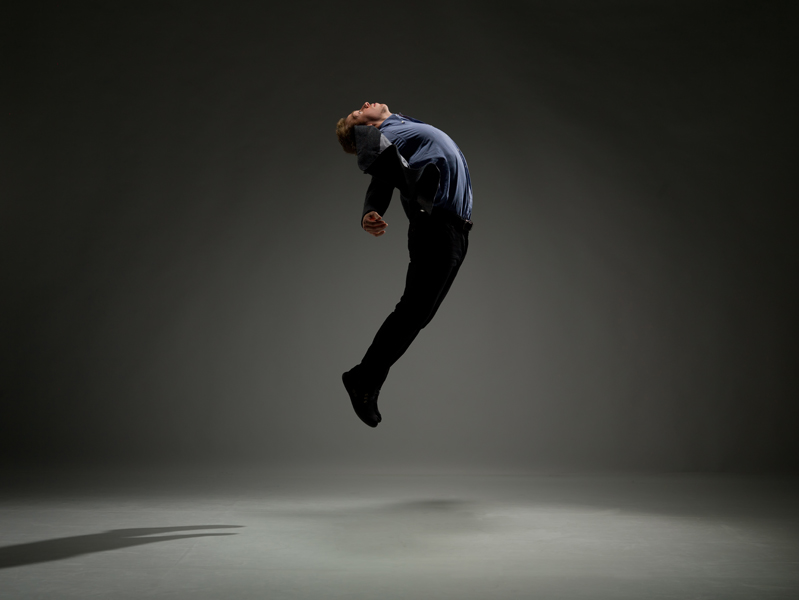
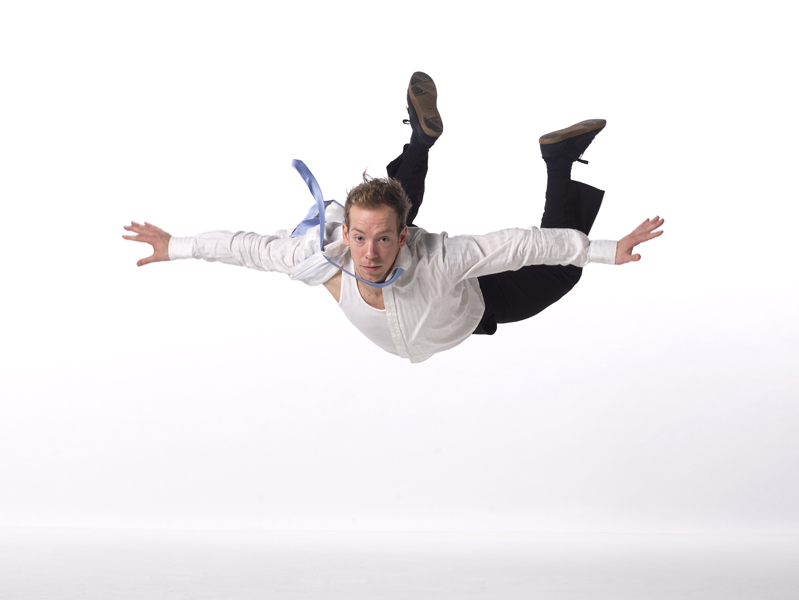
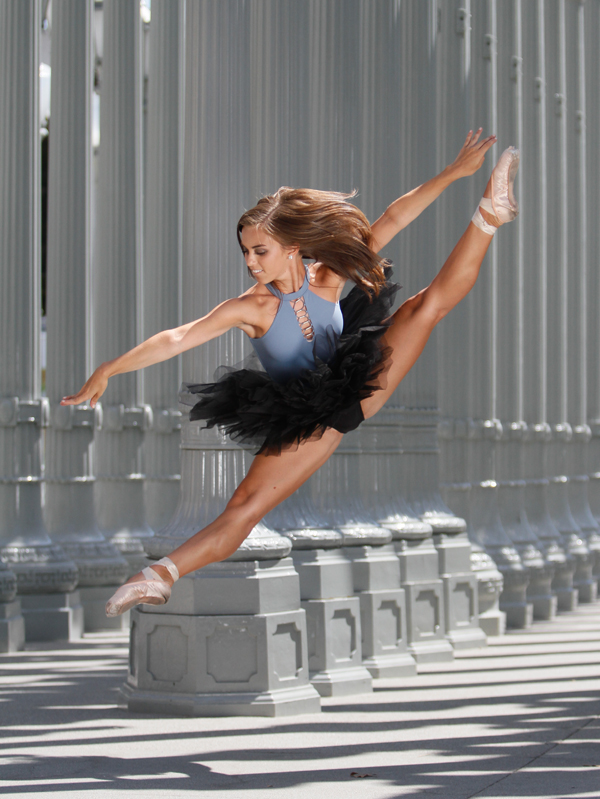

i really like the ones on the grey BG as the shadows for me give much more feeling. How blessed are you to have access to dancers! 🙂 wish i had more space to try something like these
Just dropped in to say WoW!!! Great work. Love the one light shots.
You can see a short behind the scenes video of the workshop here:
http://vimeo.com/30216860